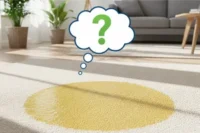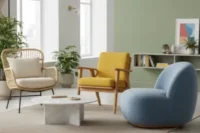What Is Interiorscaping | Transform Your Space with Indoor Plants
Published: 25 Oct 2025
Have you ever wondered what interiorscaping is and why people love it? Interiorscaping means using plants and natural items to design indoor spaces. It turns plain rooms into calm, healthy places. I work as an indoor plant designer, and I see this change every day.
For example, a small green wall in an office lobby can lift mood and help people focus. Green interior design and indoor landscaping are now popular in homes and offices. Want to try it? Start with one low-care plant in a bright corner and watch the room change.
What is Interiorscaping?
Interiorscaping means decorating indoor spaces with plants. It’s also called interior landscaping. The interiorscaping meaning is simple — it’s the art of placing plants inside homes and offices to make them look fresh and natural. I use plants to add color, peace, and life to empty corners. Interiorscaping combines design and plant care to create a clean and healthy space where people feel relaxed.
When you bring plants indoors, you improve the air, boost your mood, and make your place more welcoming. That’s the true interiorscaping definition — creating beauty and calm with nature inside your living space.

Difference Between Landscaping and Interiorscaping
Many people mix up landscaping and interiorscaping, but they are different. L
Landscaping is about outdoor design, like gardens or lawns.
Interiorscaping is about indoor plant design, like living rooms or office lobbies.
Importance and Benefits of Interiorscaping
The benefits of interiorscaping are many and easy to see in daily life. As an indoor plant designer, I notice how plants change the feeling of any space. Here are some key benefits:
1. Better Air Quality: Plants like Snake Plant and Peace Lily clean the air naturally. They remove dust and toxins, making your home or office fresher and healthier.
2. Boosts Mood and Reduces Stress: Greenery creates a calm and peaceful environment. It helps people relax, stay happy, and feel more connected to nature.
3. Improves Focus and Productivity: Adding plants near your desk or workspace helps improve attention and creativity. A touch of green makes work feel lighter and more enjoyable.
4. Enhances Aesthetic Value: Interiorscaping adds beauty and warmth to any indoor area. It turns empty corners into attractive and welcoming spots.
5. Supports a Healthy Lifestyle: Plants bring natural balance into your daily life. They promote cleaner air, better mental health, and a more peaceful home atmosphere.
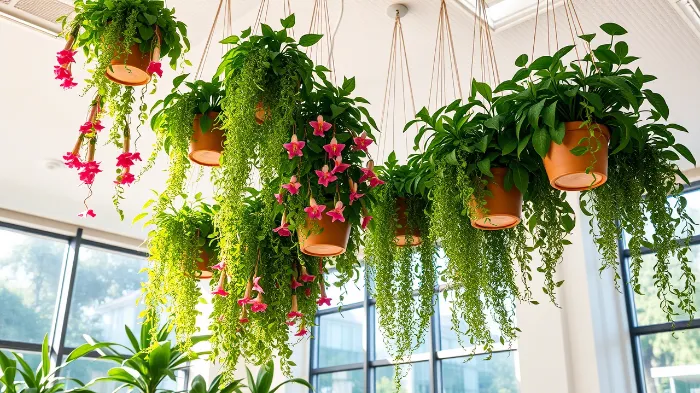
Interiorscaping Plants: Choosing the Right Green Companions
When it comes to interiorscaping plants, choosing the right ones makes all the difference. The best plants are easy to care for, look fresh all year, and fit your lifestyle. As an indoor plant designer, I always suggest starting with simple, low-maintenance options. These plants clean the air, lift your mood, and make any space look alive. Let’s look at a few good choices you can try at home or in your office.
Low-Maintenance Indoor Plants
If you are new to interiorscaping, begin with low-maintenance indoor plants. These plants need very little water and light. The Snake Plant, Pothos, and ZZ Plant are my top picks. They grow well even if you forget to water them for a few days.
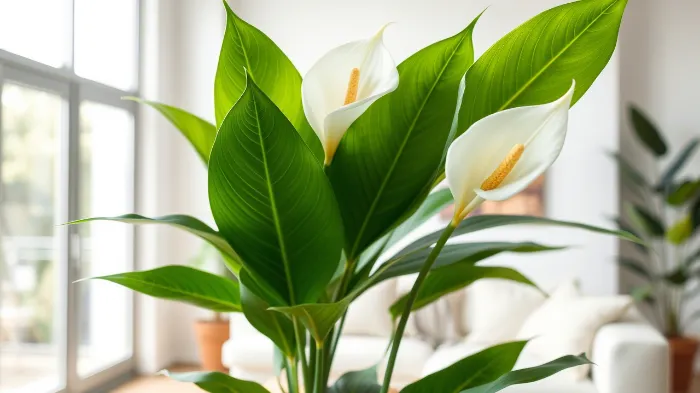
Mood-Boosting Plants
Some plants not only decorate your room but also make you feel better. Lavender and Peace Lily are perfect mood-boosting plants. Lavender spreads a soft scent that helps you relax after a long day. The Peace Lily adds beauty with its white flowers and also filters indoor air. These plants create a peaceful and refreshing environment.
Air-Purifying Plants
Healthy air is one of the main goals of interiorscaping. Air-purifying plants like Aloe Vera and Spider Plant help clean toxins and make breathing easier. Aloe Vera also works as a natural healer, making it both useful and beautiful.
Interiorscaping Design and Ideas
Interiorscaping design is all about creating beauty and balance with plants inside your space. As an indoor plant designer, I focus on simple ideas that fit both homes and offices. Good indoor landscaping adds life, color, and calm to any room. The secret is smart plant placement, proper lighting, and a touch of creativity. Let’s explore some easy interiorscaping ideas you can try.
Home Interiorscaping Ideas
Start small. Place a tall plant in your living room corner to fill empty space. Add small pots of herbs near your kitchen window for a fresh look and daily use. In bathrooms, use moisture-loving plants like ferns or peace lilies to create a spa feel. These simple touches make your home natural and relaxing.

Office Interiorscaping Ideas
Plants in offices improve mood and focus. Keep a small desk plant such as a Snake Plant or ZZ Plant for a clean, green touch. Use large planters in the reception area to welcome visitors. In meeting rooms, add tabletop plants or hanging pots to soften the space. A few plants can turn a dull office into an inspiring workplace.
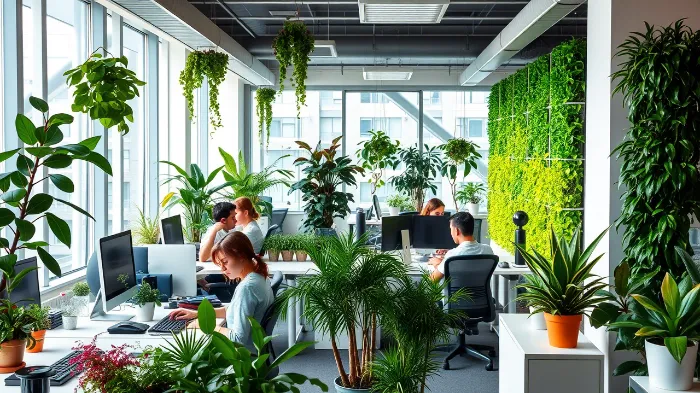
Modern Interiorscaping Trends
Modern interiorscaping design is simple and stylish. Vertical gardens are popular for small spaces, while biophilic design connects people with nature through natural textures and greenery. Moss walls are another trend that brings freshness without heavy care. Try combining these modern indoor landscaping ideas to match your space and lifestyle.
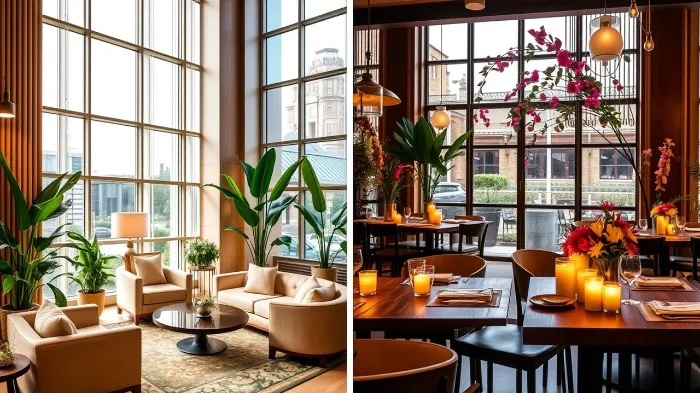
How to Start Interiorscaping (Step-by-Step Guide)
If you are new and wondering how to start interiorscaping, keep it simple. You do not need a big budget or fancy plants. You just need a plan and a few right choices. Here is a short, easy guide I use as an indoor plant designer:
Step 1: Assess your space and light: Look at your room. Notice where sunlight falls and which corners stay dark. Light decides which plants will grow best.
Step 2: Choose suitable plants: Pick plants that match your light and lifestyle. For bright rooms, try the Areca Palm. For low light, go for ZZ Plant or Snake Plant.
Step 3: Plan layout and design: Decide where each plant will go. Place tall plants near walls and small ones on tables or shelves.
Step 4: Add décor elements: Use pretty pots, small pebbles, and baskets. They make your setup look clean and modern.
Step 5: Maintain regularly: Water plants on time, clean their leaves, and check the soil once a week. A little care keeps them fresh for long.
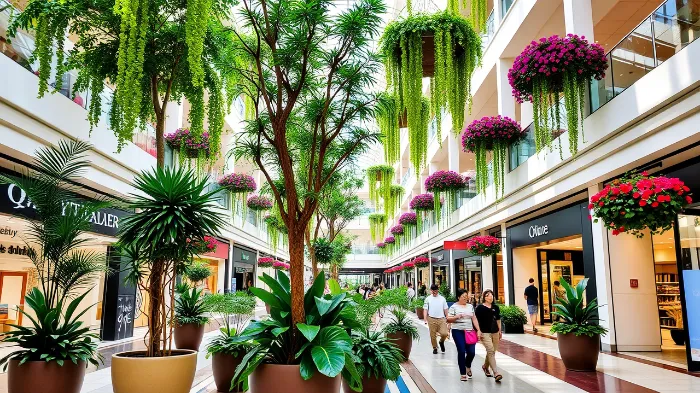
Interiorscaping at Home vs. Offices
Interiorscaping at home and interiorscaping for offices follow the same idea, but with different goals. At home, the focus is comfort and calm. Choose soft, warm plants like Peace Lily or Ferns. They make rooms cozy and welcoming.
In offices, the design is neat and balanced. Choose easy-care plants like Money Plant or Bamboo Palm. They clean the air and boost focus. Homes feel personal; offices feel professional. Both spaces look better when nature becomes part of the design.
Interiorscaping Maintenance Tips
Good care keeps plants healthy and bright. These interiorscaping tips help beginners keep things simple.
- Water wisely: Touch the soil before watering. If it feels dry, water gently.
- Right lighting: Move plants near windows or use small grow lights.
- Clean leaves: Wipe dust weekly. It helps plants breathe better.
- Prune often: Cut dry leaves to keep plants neat.
- Pick low-maintenance plants: For busy people, ZZ Plant, Pothos, or Snake Plant work great.
These small actions make a big difference in plant care for interiorscaping.
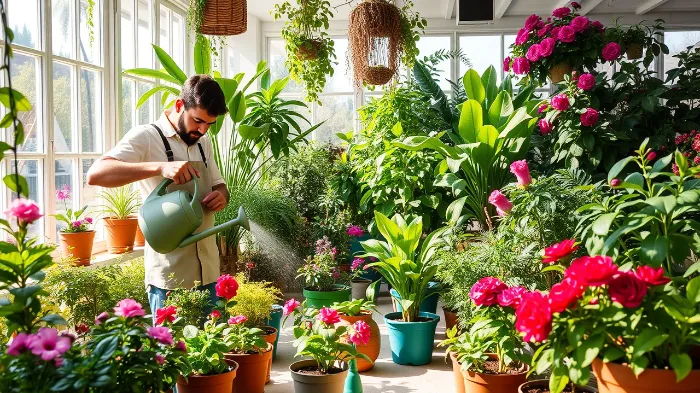
Sustainable and Eco-Friendly Interiorscaping
Sustainable interiorscaping is not only about beauty—it is about care for the planet. Choose natural and reusable materials. Use eco-friendly home design ideas like clay pots, bamboo stands, or recycled containers. Always pick organic soil and compost.
Add water-saving plants such as succulents or cacti. This natural interior design style reduces waste and keeps your home fresh. When you choose green habits, you help nature and feel peaceful inside your space.
Real-Life Interiorscaping Examples
Here are some real interiorscaping examples I have seen as a plant designer:
- Home example: A small living room with hanging Pothos vines that made the space look taller and livelier.
- Office example: A modern office in Karachi used a vertical green wall behind the reception. It became the most photographed spot.
- Café example: A café added small herb pots on tables, giving a natural and refreshing touch.
These examples show how a few plants can completely transform any space.
| Common Interiorscaping Mistakes to Avoid |
|---|
|
Many beginners make small mistakes that stop plants from growing well. Here are the most common ones:
|
Conclusion
Now you know the real interiorscaping meaning and how it brings nature, design, and peace together. It is more than just placing a few plants around. It is about creating a healthy, calm, and beautiful indoor environment. With the right interiorscaping ideas, you can improve air quality, reduce stress, and make your home or office feel alive.
Start small. Add one plant near your desk or in your living room corner. Watch how it changes the mood of your space. Bit by bit, you will see how nature adds balance and freshness to your daily life.
FAQs (Beginner-Focused)
1. What is interiorscaping in simple words?
Interiorscaping means decorating indoor spaces with plants. It mixes design and nature to make rooms look fresh and peaceful. It’s all about bringing greenery inside homes and offices.
2. Which plants are best for interiorscaping beginners?
Start with easy plants like Snake Plant, Pothos, or ZZ Plant. These plants need little care and grow well in low light. They are perfect for homes, offices, or small apartments.
3. What is the difference between landscaping and interiorscaping?
Landscaping is for outdoor areas like gardens or yards. Interiorscaping focuses on indoor plant design and decoration. It uses plants to improve the look and feel of inside spaces.
4. Can I do interiorscaping in small apartments?
Yes, you can easily start interiorscaping in small spaces. Use wall planters, hanging pots, or small desk plants. Even one corner with green plants can brighten the whole room.
5. How does interiorscaping improve air quality?
Indoor plants clean the air by removing toxins and adding oxygen. Plants like Peace Lily and Aloe Vera work best for this. Cleaner air helps you breathe better and stay healthy.

- Be Respectful
- Stay Relevant
- Stay Positive
- True Feedback
- Encourage Discussion
- Avoid Spamming
- No Fake News
- Don't Copy-Paste
- No Personal Attacks

- Be Respectful
- Stay Relevant
- Stay Positive
- True Feedback
- Encourage Discussion
- Avoid Spamming
- No Fake News
- Don't Copy-Paste
- No Personal Attacks


